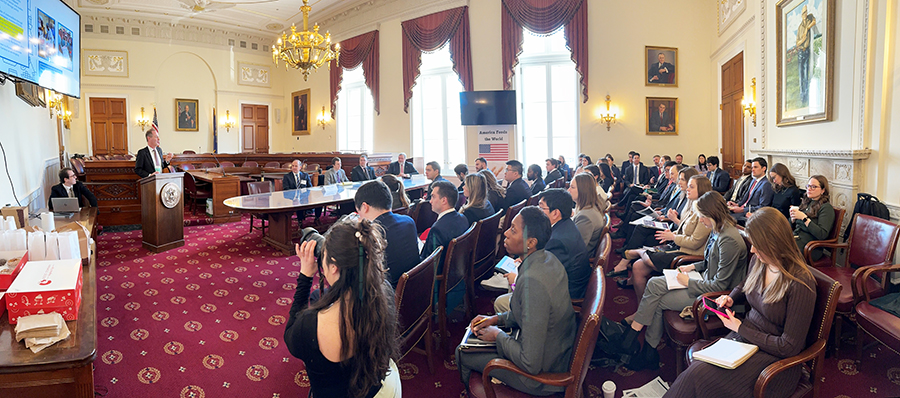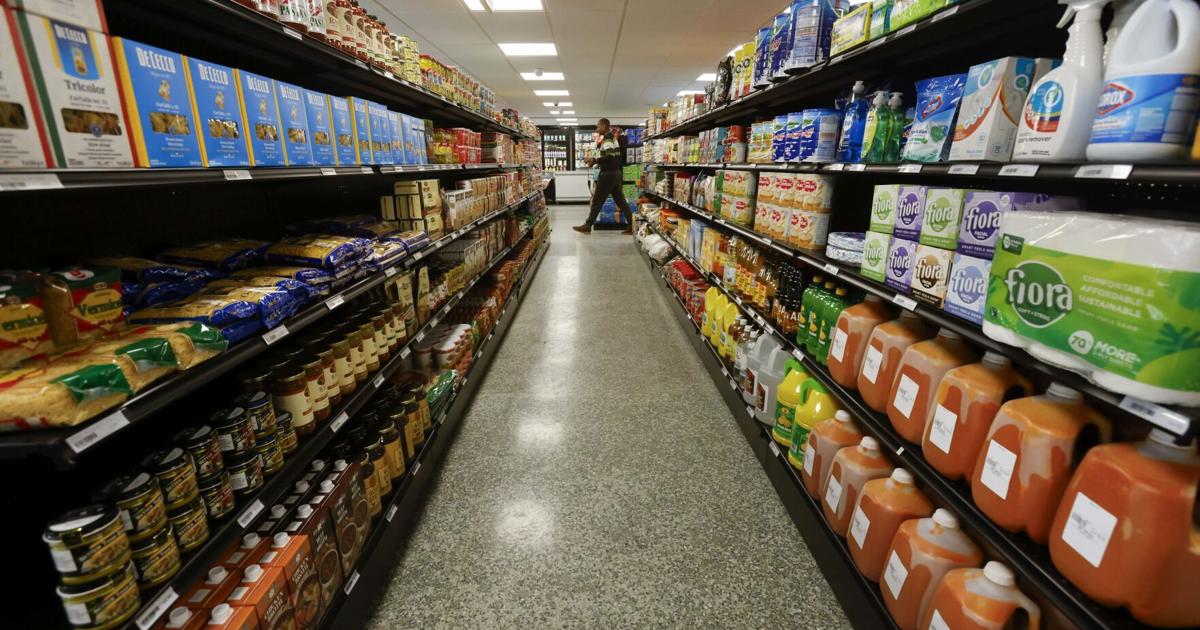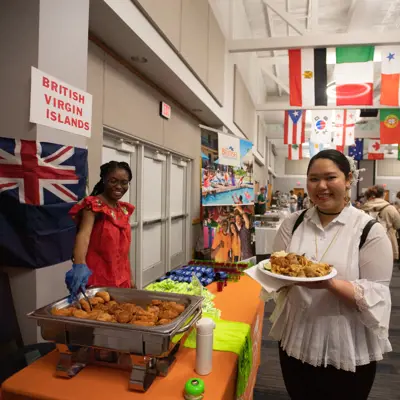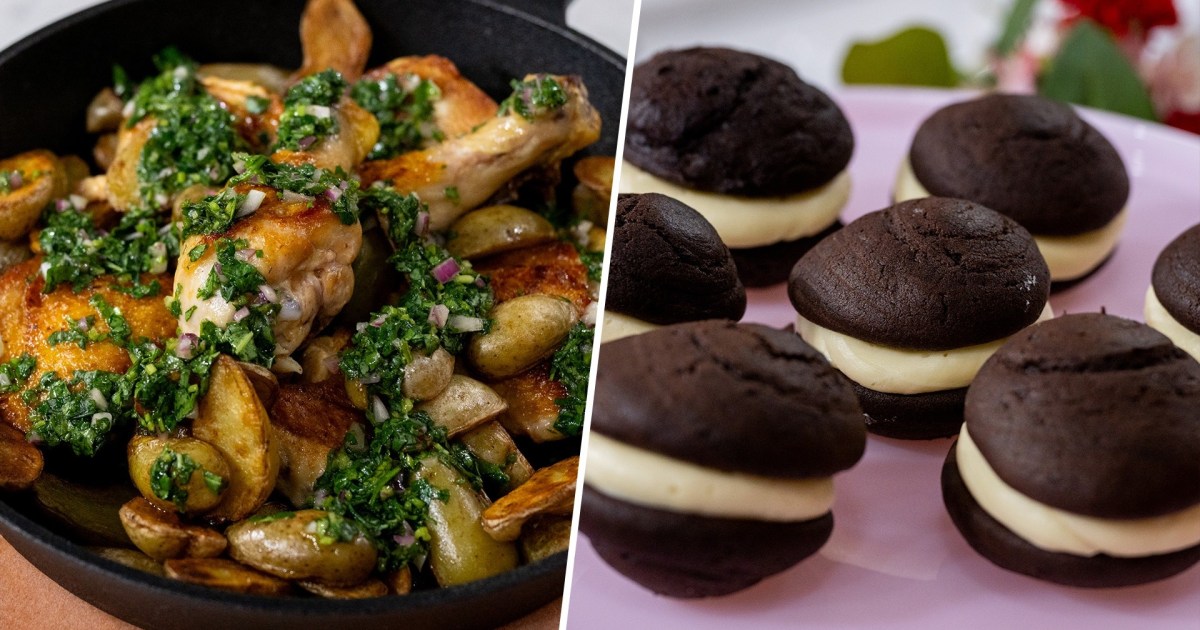Before the war, “I was already warning the world that 2022 and 2023 could be the worst two years in the humanitarian world since World War II,” Beasley says, speaking with me from Rome on last Friday. “I’m trying to tell everybody how bad it is — how bad it’s going to be. And then, the next week, I’m like, you know, wipe that clean — it’s worse than what I was saying.”
That worsening is the result of the war, but the underlying crisis is both larger and more structural — in the W.F.P.’s estimation, at least, the bulk of growth in that “acute food insecurity” category is the result of worsening conditions before the invasion. That’s mostly thanks to Covid-19, climate change and conflict — the “three C’s,” says the Cornell economist Chris Barrett, who specializes in agriculture and development and is the co-editor-in-chief of the journal Food Policy. “It used to be that child stunting — the cumulative impact of poor nutrition and health — was basically every place that was poor,” he points out. “Now it’s basically just those places that are poor and have conflict.”
Climate impacts are now a perennial disruption as well. The Economist summarized the state of global agriculture on the eve of war this way:
China, the largest wheat producer, has said that, after rains delayed planting last year, this crop may be its worst-ever. Now, in addition to the extreme temperatures in India, the world’s second-largest producer, a lack of rain threatens to sap yields in other breadbaskets, from America’s wheat belt to the Beauce region of France. The Horn of Africa is being ravaged by its worst drought in four decades.
The war brought its own compounding effects: embargoes on Russian exports and a blockade closing off those from Ukraine, where farmers were also struggling to harvest and plant in the face of bombing; rising fuel costs adding considerably to the price of food by making it much more expensive to transport and driving spikes in the cost of fertilizer, much of which is produced from gas; and export bans imposed by more than a dozen countries, worried about their own food security, which further strained the market.
As it has with the related energy crisis, the Kremlin appears eager to weaponize the emergency. In his newsletter, Slow Boring, Matt Yglesias called it “Russia’s war on the world’s food supply.”) And while global leaders at Davos and elsewhere have pushed to alleviate the problem in part by circumnavigating the Russian blockade, the U.S. State Department is also warning “drought-stricken countries in Africa, some facing possible famine” not to buy “stolen wheat,” according to my colleagues Declan Walsh and Valerie Hopkins, lest the Kremlin “profit from that plunder.” All told, Barrett says, it’s a “perfect storm.”
For his part, Beasley believes that 2023 could take a still darker turn. This year’s price crisis could be succeeded by a genuine supply crisis, in which food is pushed out of reach for many millions not just by price but by ongoing structural conditions (including the failure to plant next year’s harvest in Ukraine and the surge in the price of fertilizer, which can be one-third or more of farmers’ total annual cost), and the world could experience the once-unthinkable: a true shortfall of food.
On this point, mercifully, most agricultural economists are somewhat more sanguine. They point out that most food is consumed domestically, not traded on international markets, which means that figures like “12 percent of globally traded calories” can be misleading. Economists are careful to draw distinctions between “food insecurity,” “hunger” and “starvation,” which describe quite a wide range of human experience. In many places, they say, substitution is possible, even in the 36 countries that routinely import 50 percent or more of their wheat from Russia and Ukraine. In those places where substitution isn’t possible, there is the last resort of food aid — and Congress did just appropriate $5 billion to that end.
But above all agricultural economists point out that, at baseline, there is no true global food shortage, only that unassuming-sounding “price crisis.” The Ukraine conflict has brought about a genuine and widespread humanitarian catastrophe, they say, but it hasn’t meant a return to Malthus.








